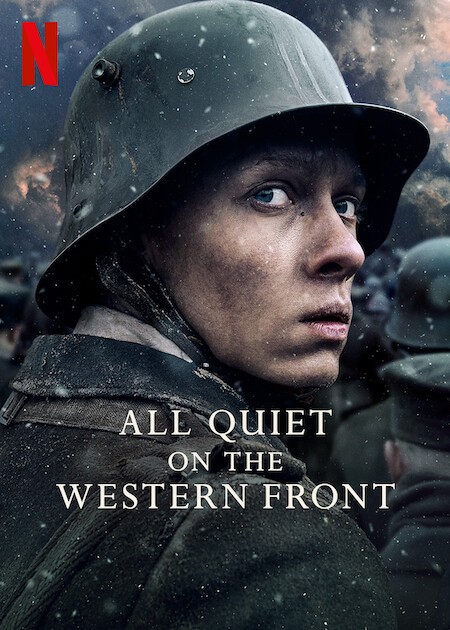Counter-cinema Reading
Counter-cinema developed around the 1960s. It rose to the occasion to bring light to the fact that Hollywood was directed towards a certain audience and didn't cater to everyone or every genre. Counter-cinema is not a single concept. It addresses many genres, script writings, camera angles, race and culture aspects, and gender ideologies. Counter-cinema focuses on a wider audience and emphasizes minorities.
Peter Wollen as described in the reading "drew a schematic distinction between the "deadly sins" of mainstream Hollywood cinema and the "cardinal virtues" of his proposed counter-cinema (p. 99)." I am not entirely sure what this means but I think the idea Wollen is trying to get at is Hollywood at one point was too mainstream and and becoming more of a "brain wash". Wollen further said in the this chapter that it is possible to dismantle Hollywood by replacing its conventions with a different set of conventions. This is an interesting point because I think over time we have seen a change in Hollywood and the films that have been produced, so I think that the idea of changing things from how they are usually done has been successful as of recent.
Wollen cites Godard as someone who exemplified counter-cinema. If we take the film "Breathless" as an example. I think that you could make arguments that this could be counter-cinema. While the main character Michel is a terrible person who mistreats women, I think Patricia however, could be looked at as the part of the film that captures counter-cinema. She is someone in the film that stands out from the rest and has traits that many female characters didn't have during that time period when it came to mainstream Hollywood film and what the conventions were.



Comments
Post a Comment